CityTouring
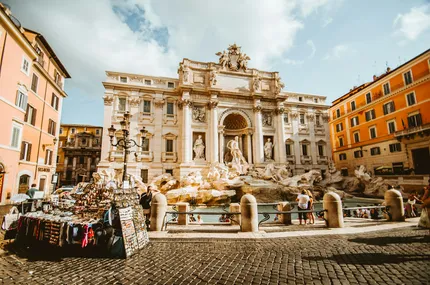
Best city trips with historic old towns
Historic Old Towns reward travelers who value stories etched in stone. The best urban cores preserve layered eras—medieval lanes, Renaissance facades, baroque squares—framed by intact walls, gates, and churches. Expect pedestrian-friendly streets, readable signage, and curated museums that connect artifacts to place. Quality destinations balance conservation with daily life: markets in centuries-old halls, local crafts, and cafés serving regional dishes. Look for heritage passes, guided walks, and small theaters animating legends at dusk. Riverfronts, hilltop viewpoints, and archaeological cellars add depth. Ideal for history buffs, architecture lovers, photographers, and slow travelers who enjoy wandering, context-rich exhibits, and quiet evenings in atmospheric courtyards.
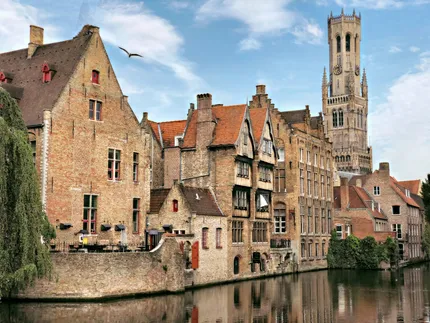
Bruges
Bruges is an ideal destination for lovers of historic old towns. Its remarkably preserved medieval core, a UNESCO World Heritage Site, is compact, walkable, and threaded with picturesque canals. Highlights include the Markt with its famed Belfry, the Burg square with the Basilica of the Holy Blood, and rows of stepped-gabled guild houses. Museums such as the Groeningemuseum and Sint-Janshospitaal add context with Flemish art and medical history. Quiet cobblestone lanes lead to 13th-century almshouses and windmills on the ramparts. Boat tours reveal stone bridges and merchants’ warehouses from the Hanseatic era. With excellent rail access, abundant heritage hotels, and guided history tours, Bruges delivers an immersive, convenient window into medieval urban life.
Read more about a city trip to Bruges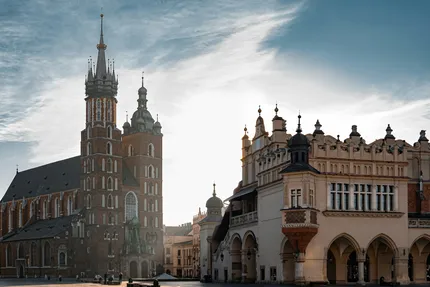
Krakow
Krakow excels for Historic Old Towns with a UNESCO-listed core centered on Rynek Główny, Europe's largest medieval square. Landmarks cluster within an easy, car-free walk: the Cloth Hall, St. Mary’s Basilica with the hourly hejnał, the fortified Barbican and Floriańska Gate, and the royal complex on Wawel Hill. The Planty Park encircles the old town along the former walls, creating a green promenade linking churches, courtyards, and museums, including the excellent Rynek Underground. The preserved street grid, café culture, and affordable lodging make slow exploring rewarding, by day or under lamplight. Nearby Kazimierz adds layers of Jewish heritage, and well-run tours and signage help visitors connect architecture with the city's layered past.
Read more about a city trip to Krakow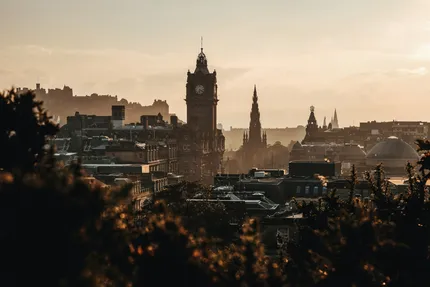
Edinburgh
Edinburgh is ideal for travelers drawn to historic old towns. Its UNESCO‑listed Old Town retains a medieval street plan centered on the Royal Mile, linking Edinburgh Castle and Holyrood Palace. Narrow wynds and hidden closes reveal centuries of life, from St Giles’ Cathedral to the Grassmarket and Greyfriars Kirkyard. Excellent museums and tours—The National Museum of Scotland, The Real Mary King’s Close, underground vaults, and castle archaeology—make history accessible year‑round. The compact, walkable core encourages self‑guided exploration, while panoramic viewpoints from Castle Rock and nearby Arthur’s Seat help visitors read the city’s layered past. With preserved architecture, clear wayfinding, and plentiful guided options, Edinburgh delivers an immersive, well-organized old‑town experience.
Read more about a city trip to Edinburgh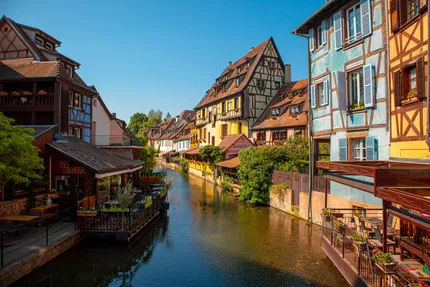
Strasbourg
Strasbourg is ideal for Historic Old Towns fans thanks to its UNESCO-listed Grande Île, a remarkably preserved medieval core encircled by the Ill River. Stroll La Petite France, where cobbled lanes and half-timbered houses line mill canals and covered bridges. The soaring Notre-Dame Cathedral dominates the skyline; its intricate facade, platform views, and 16th-century astronomical clock reveal centuries of craft. Nearby, Maison Kammerzell and the picturesque squares testify to civic wealth. Excellent museums, including the Alsatian Museum and the Historical Museum, add context. Boat tours and riverside walks expose fortifications like the Vauban Dam. Compact, walkable, and full of winstubs serving Alsatian classics, Strasbourg’s old town layers French and German influences, rewarding explorers interested in urban continuity and careful preservation.
Read more about a city trip to Strasbourg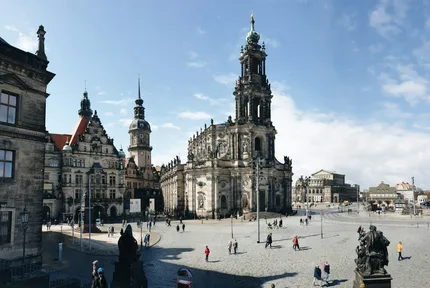
Dresden
Dresden is a prime destination for lovers of historic old towns thanks to its meticulously restored Altstadt. Around Neumarkt, the rebuilt Frauenkirche anchors baroque streets lined with period-façade townhouses. The Zwinger palace complex, Semperoper, and the Royal Palace with the Green Vault and the Procession of Princes mosaic showcase Saxon court splendor in a compact, walkable area along the Elbe. Brühl’s Terrace offers classic river views that link landmarks into an easy circuit. Clear signage, excellent museums, and frequent guided tours make context accessible. The Striezelmarkt adds seasonal tradition on the Altmarkt. Good tram connections and flat routes simplify exploring, while day trips to Pillnitz Palace and Meißen complement the city’s architectural narrative.
Read more about a city trip to Dresden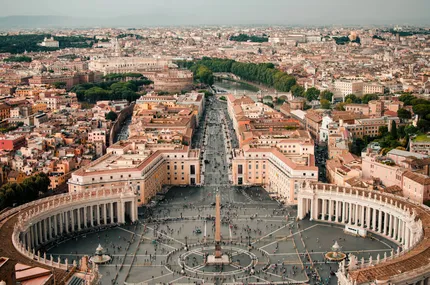
Rome
Rome excels for Historic Old Towns with a compact Centro Storico layered by antiquity, medieval lanes, and Baroque splendor. Walk from the Colosseum and Roman Forum to the Palatine and Capitoline in minutes, then continue to the Pantheon, Piazza Navona, and Trevi Fountain. Cobblestoned Trastevere preserves a village feel with ivy-clad facades and centuries-old churches. Landmark basilicas, palazzi, and fountains are densely concentrated, supported by excellent signage, museums, and guided routes. Car-restricted zones and frequent piazzas make exploration safe and leisurely. Panoramic viewpoints like the Capitoline terraces and Janiculum hill frame the city’s archaeology. Traditional trattorie and lively markets keep history connected to daily life, rounding out a walkable, immersive old-town experience.
Read more about a city trip to Rome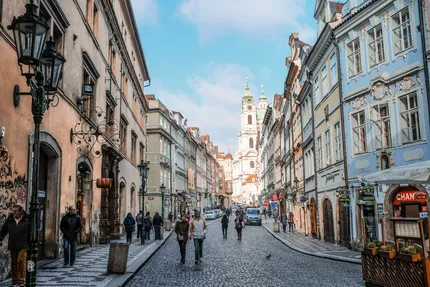
Prague
Prague is ideal for travelers drawn to historic old towns. Its UNESCO-listed center preserves a medieval street plan, anchored by Old Town Square with the Gothic Church of Our Lady before Týn and the 15th-century Astronomical Clock’s hourly show. Stone lanes lead to Charles Bridge, lined with baroque statues and views of the Vltava. Across the river, Malá Strana and Hradčany connect to Prague Castle and St. Vitus Cathedral, showcasing layers from Romanesque and Gothic to Baroque. The Jewish Quarter’s synagogues and the Old Jewish Cemetery deepen the historical narrative. Compact, walkable districts, reliable trams, and affordable cafés make exploring easy, while seasonal markets and the Clementinum’s tower offer memorable vantage points.
Read more about a city trip to Prague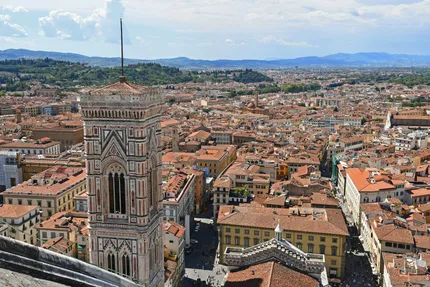
Florence
Florence’s historic center is one of Europe’s best-preserved Renaissance cores, ideal for travelers focused on old towns. Within a compact, largely pedestrian zone, you can trace intact medieval streets from the Duomo—Brunelleschi’s dome, Giotto’s campanile, and the Baptistery—to Piazza della Signoria with Palazzo Vecchio and the Uffizi courtyard. Stone bridges like Ponte Vecchio, artisan quarters in the Oltrarno, and cloistered churches such as Santa Croce and Santa Maria Novella reveal layers of civic and religious history. Medici palaces, public squares, and guild halls retain original functions and façades, supported by strong conservation policies and clear signage. Elevated viewpoints at Piazzale Michelangelo and Brunelleschi’s dome give sweeping context to the city’s coherent medieval-Renaissance fabric.
Read more about a city trip to Florence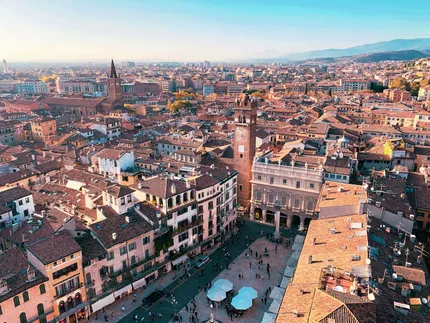
Verona
Verona is a model historic old town: a UNESCO-listed city where Roman, medieval, and Renaissance layers remain vividly intact. Within a compact, walkable center, you can move from the 1st‑century Arena and Roman Theater to the medieval Ponte Pietra, Castelvecchio and its fortified bridge, and the elegant Piazza delle Erbe and Piazza dei Signori. Frescoed palazzi, the Scaliger Tombs, and imposing gates like Porta Borsari frame streets that still follow the Roman grid. Major churches—San Zeno, Santa Anastasia, and San Fermo—showcase superb art and architecture. Traffic-restricted lanes, clear signage, and the Verona Card make exploring easy, while summer opera in the Arena and views from Castel San Pietro add memorable context to the city’s layered past.
Read more about a city trip to Verona
Tallinn
Tallinn’s UNESCO-listed Old Town is one of Europe’s best-preserved medieval city centers, ideal for travelers who love history-rich urban cores. Within walkable walls and fairy-tale towers like Fat Margaret and Kiek in de Kök, cobbled lanes lead to the Gothic Town Hall, the centuries-old Raeapteek pharmacy, and guild houses that reveal Hanseatic roots. Climb Toompea Hill for sweeping viewpoints (Kohtuotsa, Patkuli) over red rooftops, and visit St. Olaf’s Church spire, the Alexander Nevsky Cathedral, and Toompea Castle. Courtyard cafés, small museums, and artisan workshops make lingering rewarding, while seasonal events—especially the atmospheric Christmas market—add charm. Compact, safe, and easy to navigate, Tallinn delivers a concentrated, authentic Old Town experience in a weekend.
Read more about a city trip to Tallinn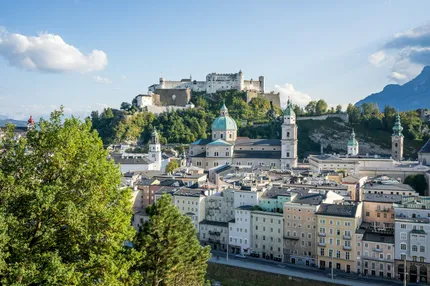
Salzburg
Salzburg is an outstanding choice for ⛪️ Historic Old Towns. Its UNESCO-listed Altstadt concentrates superb Baroque architecture within a compact, walkable core. The Salzburg Cathedral, Residenz, and collegiate churches frame grand squares like Domplatz and Residenzplatz, while the Hohensalzburg Fortress crowns the skyline. Medieval lanes such as the Getreidegasse reveal guild signs, passageways, and Mozart’s birthplace. St. Peter’s Abbey, its cemetery and cliffside catacombs trace monastic life back to the early Middle Ages. Panoramic paths on Mönchsberg and Kapuzinerberg give context to the historic urban layout. Museums, a daily market, and seasonal events—especially Advent markets—animate the heritage setting without overwhelming it. Excellent signage and short distances make self-guided exploration straightforward in any season.
Read more about a city trip to Salzburg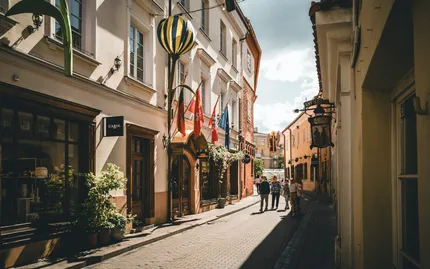
Vilnius
Vilnius is a standout for Historic Old Towns, with one of Europe’s largest and best-preserved medieval centers, a UNESCO World Heritage Site. Wander cobbled lanes lined with Gothic, Renaissance, and Baroque facades, from St. Anne’s Church to the opulent Church of Sts. Peter and Paul. Climb Gediminas Tower for views across red-tiled rooftops and the Cathedral Square below. Pass through the Gates of Dawn, discover tranquil university courtyards, and trace layers of Jewish, Polish, and Lithuanian heritage. Museums like the Palace of the Grand Dukes and the Museum of Occupations add context. The compact layout, plentiful cafes, and affordable prices make unhurried exploration easy, while seasonal festivals and markets bring historic streets to life.
Read more about a city trip to Vilnius
Bratislava
Bratislava is ideal for travelers who love historic old towns. Its compact center concentrates centuries of architecture: the Gothic St. Martin’s Cathedral, baroque palaces like the Primatial Palace, and the medieval Michael’s Gate. The pastel facades and cobbled lanes lead up to Bratislava Castle, whose hilltop views frame the Danube and the red-tiled roofs below. The Old Town Hall houses a city museum that clarifies the Habsburg era, while nearby courtyards hide cafés and wine cellars. English-friendly signage, frequent walking tours, and short distances make exploring easy. Day trips to Devín Castle’s riverside ruins add context, and seasonal markets and classical concerts animate the squares without overwhelming the historic character.
Read more about a city trip to Bratislava